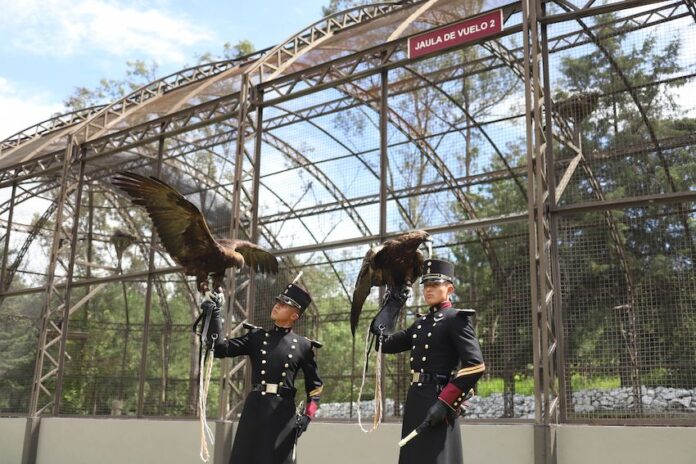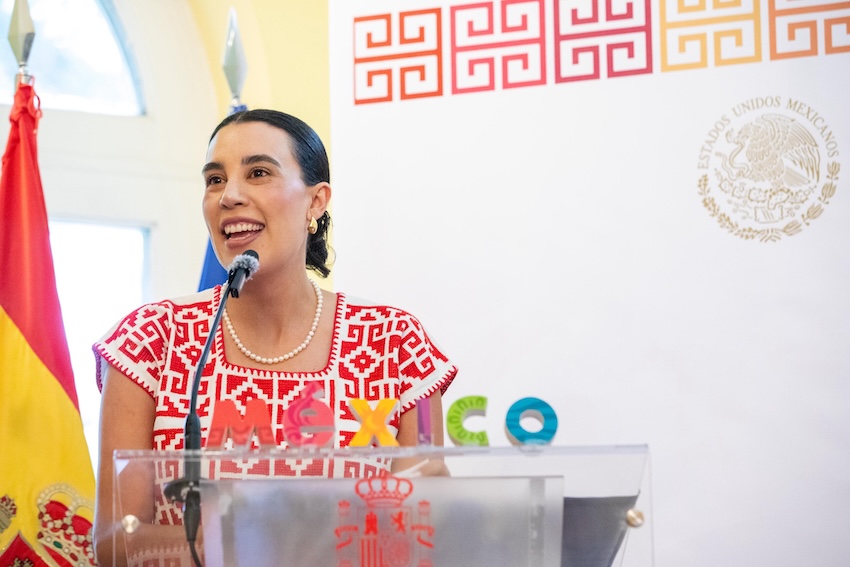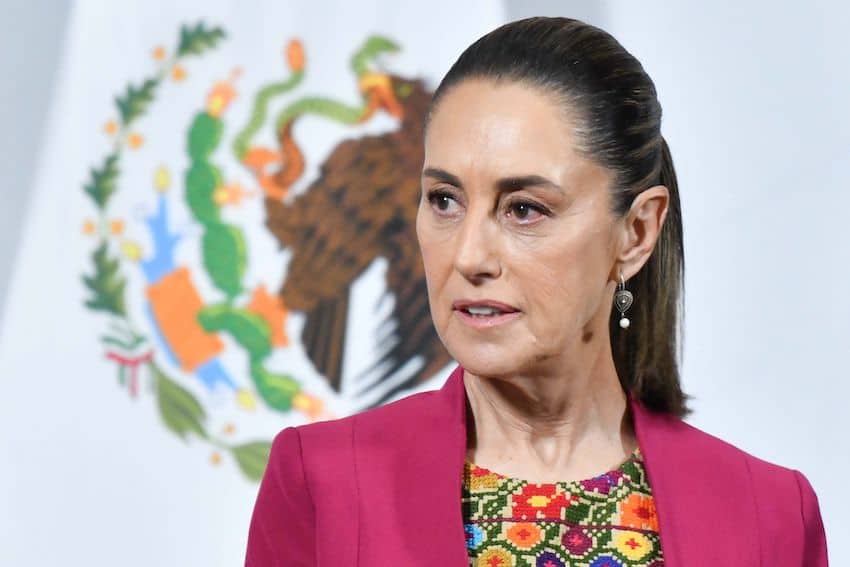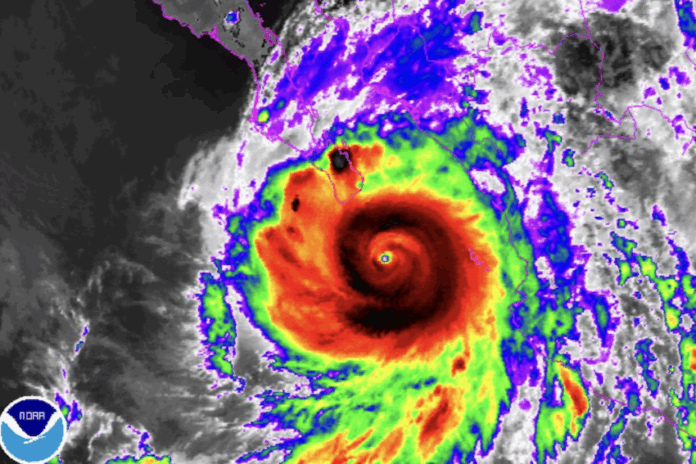A new master-planned community is taking root on Jalisco’s Costalegre, one of Mexico’s last remaining stretches of undeveloped Pacific coastline. El Tezcalame, developed by Grupo Favier with GND Properties and anchored by a Chablé hotel, promises a blend of ultra-luxury living and large-scale conservation. It is also the latest in a string of high-profile projects that are transforming the coast surrounding Puerto Vallarta into one of the country’s most concentrated corridors of master-planned communities (MPCs).
New development in Tomatlán
Located near Tomatlán, Tezcalame spans 430 hectares, nearly half of which — 211 hectares — will be designated as a protected reserve. The project includes a Chablé resort scheduled to open in 2027, alongside private residences launching sales later this year.
Beyond traditional amenities, the community will feature a butterfly sanctuary, a raicilla distillery, an eco-nautical club, farm-to-table dining, and environmental education camps. According to Diego Gutierrez, CEO of GND Properties, the project is intended to “redefine luxury as harmony, balancing hospitality, ecological stewardship, and cultural immersion.”
A region for MPCs
While El Tezcalame carries its own vision, it is part of a broader trend along the Puerto Vallarta–Costalegre corridor. In Nayarit, Punta Mita, Mandarina, and the upcoming Nauka community have reshaped Riviera Nayarit into an international luxury hub. South of Puerto Vallarta, Jalisco’s coastline has Careyes and Xala, both emphasizing art, conservation, and low-density tourism.
Together, these projects make the Vallarta–Costalegre region one of the most concentrated clusters of luxury MPCs in Mexico. Yet paradoxically, their shared selling point is seclusion: low-density, high-value communities promising immersion in untouched landscapes.
Infrastructure and access
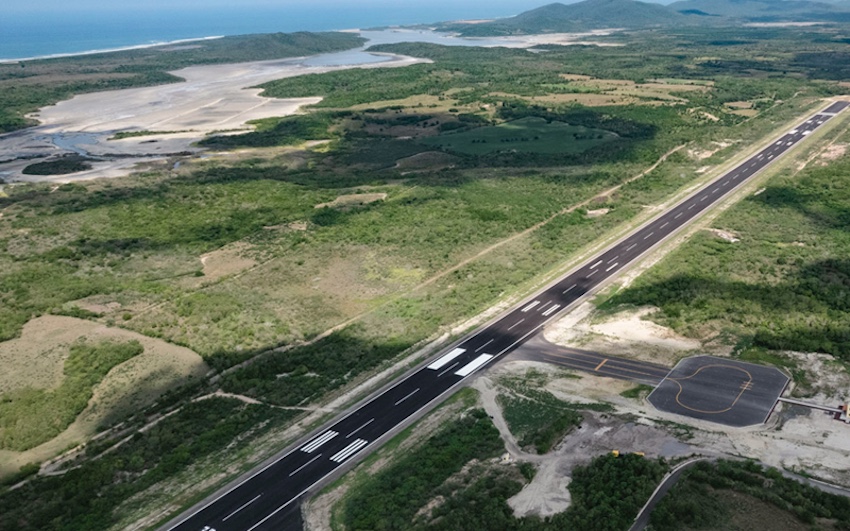
Historically, Costalegre’s remoteness has limited development. Reaching the coastline requires a two-and-a-half-hour drive from Puerto Vallarta. Meanwhile, a new airport near Chalacatepec is under construction, but it is currently designed to handle only private planes.
For developers, infrastructure improvements are crucial to unlocking the region’s potential. Highway expansions into and around Puerto Vallarta have already reduced travel times, and the airport promises greater connectivity in the years ahead. But officials say that growth must be managed carefully.
“We are aware that the airport needs to be managed with a lot of care,” said Michelle Fridman, tourism secretary of Jalisco. “After all, you’re just opening another door for people to arrive, and that is a risky balance between developing and not developing.”
Keeping Costalegre an oasis
Fridman acknowledges the hope that Costalegre will remain a model for sustainable luxury. “Costalegre has remained this oasis of luxury in a sustainable move,” she said. “The real luxury of Costalegre is within the nature of Costalegre, barely touched by humans. We want it to remain like that.”
She added that few places along the Pacific, from Alaska to Chile, still offer well-preserved coastlines. “As long as we can succeed in developing responsibly, not massive projects, but those that blend luxury with preservation, Costalegre will remain unique.”

Why Jalisco, why now?
Developers and officials say Jalisco is especially well-positioned for this new wave of investment. The state has some of the best connectivity in Mexico, with Puerto Vallarta International Airport among the country’s busiest and Guadalajara, a hub for both domestic and international flights.
Fridman noted that Jalisco “has everything investors look for: qualified people with decades of tourism experience, natural landscapes that remain unspoiled, and an identity that embodies Mexico’s culture and flavors.” She emphasized that the government’s immediate goal is to create a 20-year master plan for Costalegre, ensuring growth is guided by sustainability, inclusivity, and collaboration between investors and local communities.
Concerns over growth
Still, questions loom about whether the region’s infrastructure can keep pace. Puerto Vallarta, a city of nearly half a million people, has already seen water shortages tied to rapid growth. Repairs have left more than 100 neighborhoods without service at times, prompting protests over shortages and concerns that resources may be redirected to tourist zones during peak holidays.
While Costalegre and Riviera Nayarit remain far less densely populated, their growth trajectory mirrors the same patterns: large-scale developments dependent on delicate ecosystems. As more MPCs take shape, the question is whether the low-density promise can hold in practice, or whether pressures on water, electricity, and waste systems will mount as they have in Vallarta.
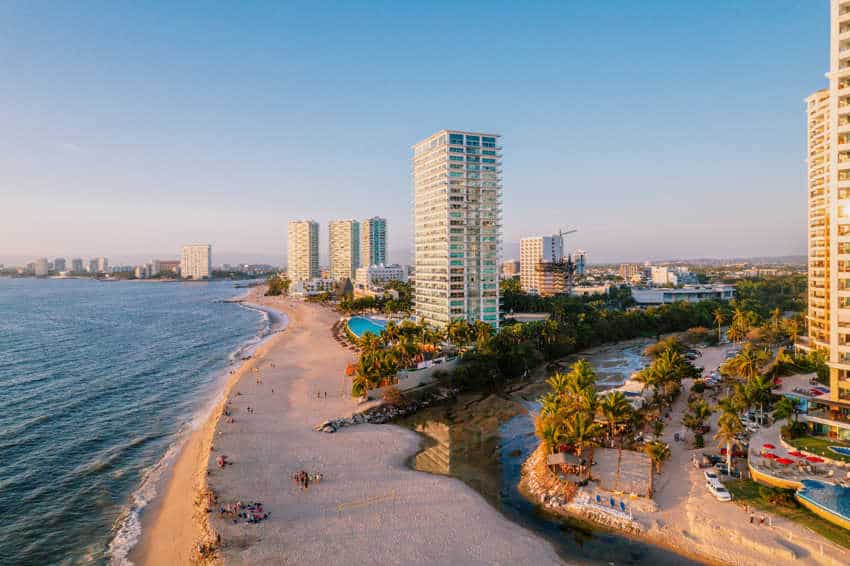
Community integration
One of the challenges for new MPCs is ensuring they integrate with surrounding towns. El Tezcalame’s developers have pledged to create jobs, provide housing for workers, and support local infrastructure, while also protecting estuaries and wetlands bordering the property.
For the state, the priority is training local communities to participate in tourism. “We cannot afford to have these luxury developments separate from the locals,” Fridman said. “We are starting to research what experiences the communities offer now, increasing programs for training, certification of locals so we can have more guides, more entrepreneurs who see tourism as a source of development for their families.”
According to Fridman, Jalisco has begun working with universities and municipalities to ensure fishermen, guides, and other residents are prepared to benefit directly from the new wave of investment.
The road ahead
As El Tezcalame moves forward, it becomes another test case for the Costalegre. Can large-scale luxury developments truly preserve the sense of untouched wilderness they market? Will infrastructure improvements inevitably bring more visitors than the region can support?
For now, optimism runs high among developers and officials. With projects like El Tezcalame, Xala, Careyes, Mandarina, Punta Mita, and Nauka all reshaping the coast, the Vallarta–Costalegre corridor has emerged as one of Mexico’s most high-profile luxury sectors.
But its future will depend on the balance between growth and conservation, investors and locals, accessibility and remoteness. As Fridman put it: “We want development, but if it is built the right way, it brings great things for the community. We have an opportunity to do it right.”
Meagan Drillinger is a New York native who has spent the past 15 years traveling around and writing about Mexico. While she’s on the road for assignments most of the time, Puerto Vallarta is her home base. Follow her travels on Instagram at @drillinjourneys or through her blog at drillinjourneys.com.








